
How did you start this project? What were your influences and inspirations?
My work, even before M-City, has always dealt with themes related to the city and the elements that make it up or that are connected with it. I think that a main influence has always been the surroundings that I live in and a fascination with industrial places. From my window at home I see cargo containers, from another window the chimney stacks of the hydroelectric plant. In Gdansk there is a shipyard where most of the terrain dealing with ship production has been closed due to economic reasons. There remains plenty of buildings, a production hall, cranes, and streets that have been an incredibly inspirational. Besides that there is an artist collective there with several galleries that has the climate and feeling of a squat. All of this is situated within lovely geometric lines and isometric perspectives from which the project is built.

Very few people in Poland interest themselves with muralists. In the city where I live once a year there is a festival dedicated to large scale painting—the only one of its kind in Poland. It is difficult to find places to put work up, not to mention finding the money. Most of the legal realizations are covered out of my own pocket. Street art, murals, etc…for now have not been commericialized. There are many differing people interested in street art but with very little connection to each other. There is minimal interest and coverage in the media and newspapers. There is only one street art festival in Warsaw. A negative example of commericalizition is the global popularity of graffiti, which was falsely created, and as a result the artistic level of graffiti has strongly dropped. Cities have been flooded with cheap work. Large sections of old painters have stopped painting and the young painters still have a lot to learn.
Much more after the jump…

Black and white colors and the large amount of object details draw people to the work. It is easier to draw the attention of a viewer when he knows what the work means or what it is about, in being able to recognizing related images, graffiti sits in opposition to this, where the most important thing is the aesthetic and not the readability, which results most often in not understanding. The projects objective from the beginning was to draw the whole public into playing with the work. On the bigger projects I am inviting friends or bystanders. The initial sketch that might arise for a project is very broad, though in reality it is limited by the global composition and shape of the city. What occurs in the middle of the modern city is mostly by chance. Thanks to the modular composition of M-City every person involved in the project can by themselves pick elements of the city and place them in space. There are no limits to the combinations, therefore everyone can create her own world, oftentimes one mimics the situation they are in or the place that they live.

I try to find a place that is both visible and lonely—though finding such places is not easy. I don’t like it when one work interrupts another. Its better to integrate with the surrounding. Most of the time I try to take advantage of places that are legal. To make a large wall it sometimes takes several days.
The scale of your work is incredibly large, yet there are smaller details to take in–food not bombs, etc–are these scenes noticed by people?
The work can be understood from several viewpoints. It’s like a view from an airplane—the closer to the ground the more details. You can look at it from a distance as a specific ornamental form or as a specific relation to a place, because sometimes the city shape duplicates city fragments from the surrounding. Most often histories and stories hide themselves within the details. The more people I invite to build the walls these stories emerge.

For example, the water color writings, or brail word graffiti. Or interfering with space like this guy. Any 3-D objects etc…anything that tries to somehow break with classical conventions.
Are you thinking of a visit to the US?
If someone would sponser the visit then why not. Mostly the cost of the flight is very expensive and after that I would have to get a visa which is not easy. Right now I am not working and not studying which means I am the ideal candidate to be rejected for a visa. Recently I had a proposition from LA and I am waiting for what may come out of that.
Here is alink to the orginal text in Polish. If anyone has suggestions for translation please write us!
Interview with M-City
October 14, 2005

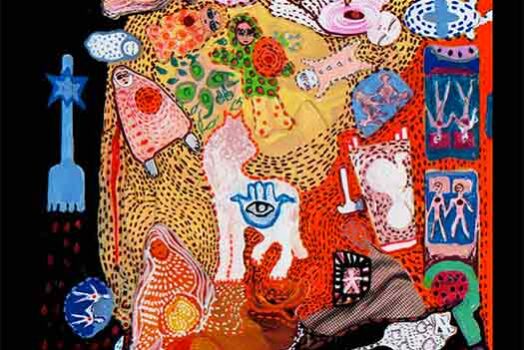
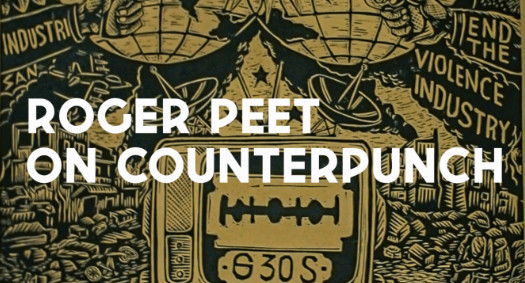

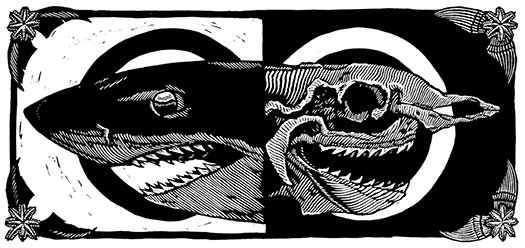
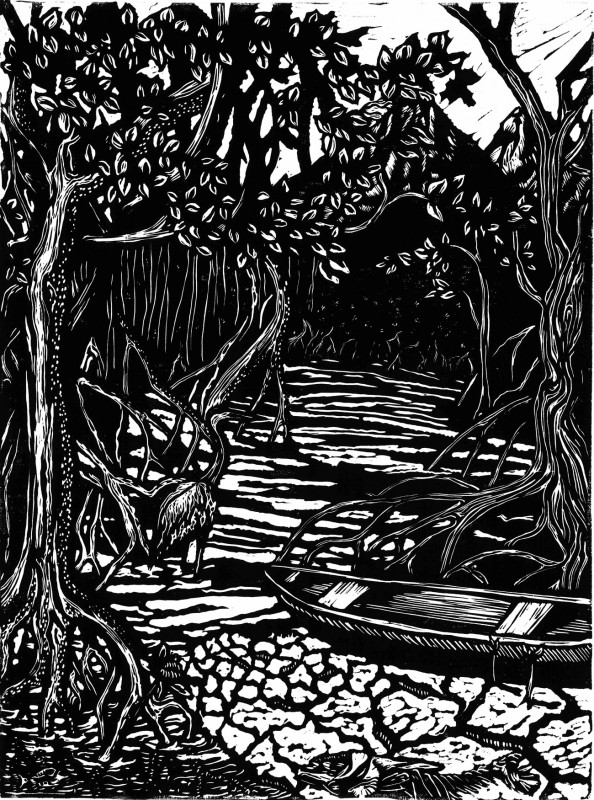
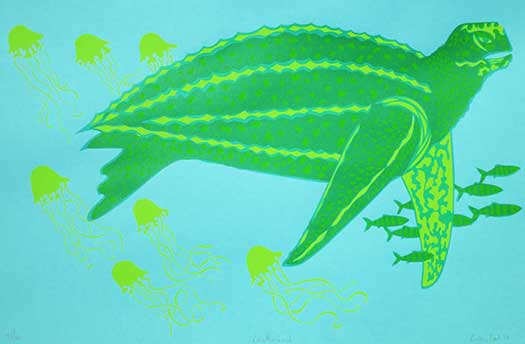
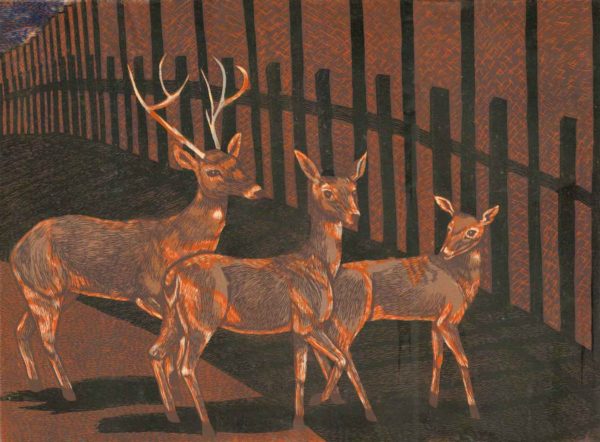
Nice blog.I like this.
Nick
http://www.yahoo.com
m-city…. the best!! ct amnklan from italy
there is a great polish streetart site, very similar to wooster: http://vlepvnet.bzzz.net/